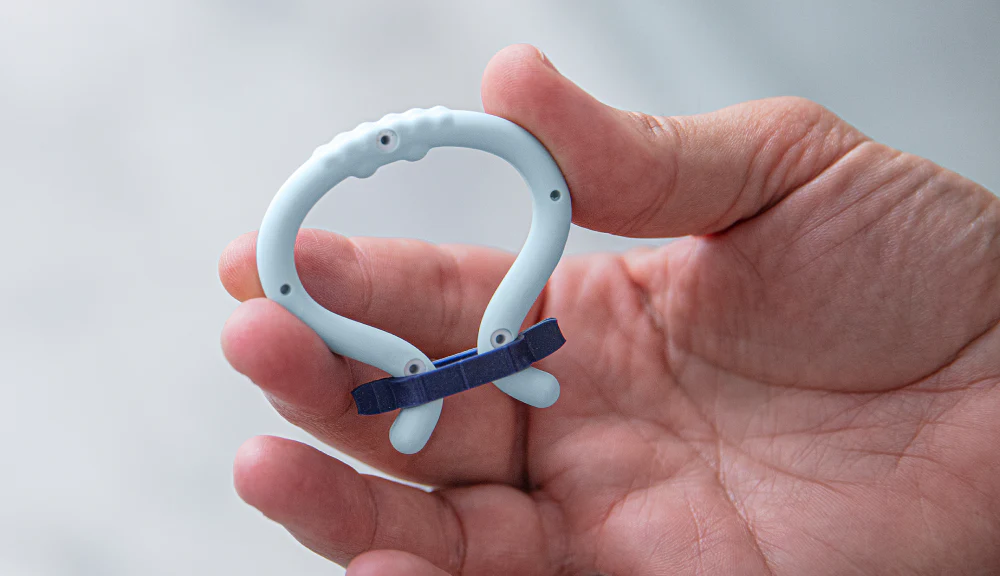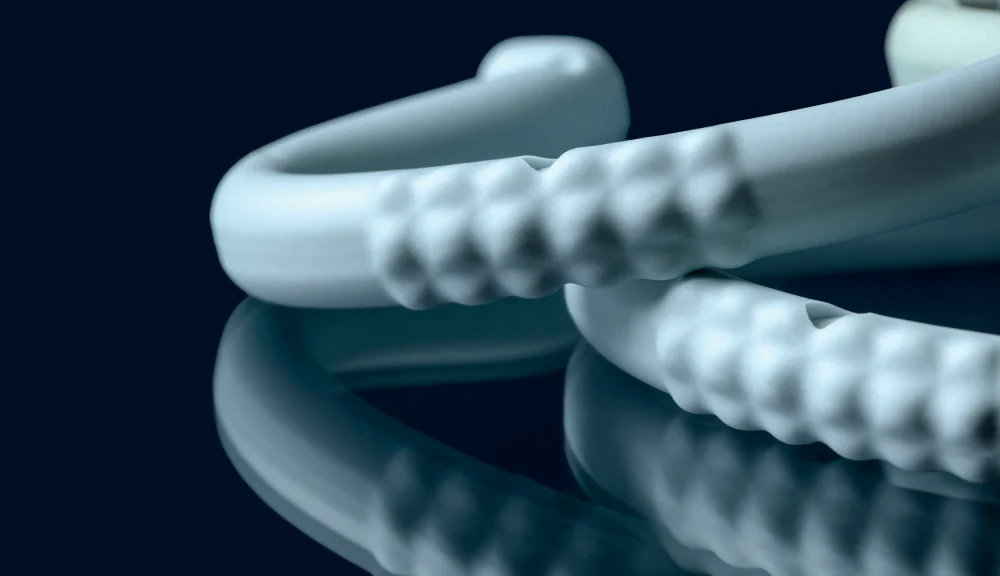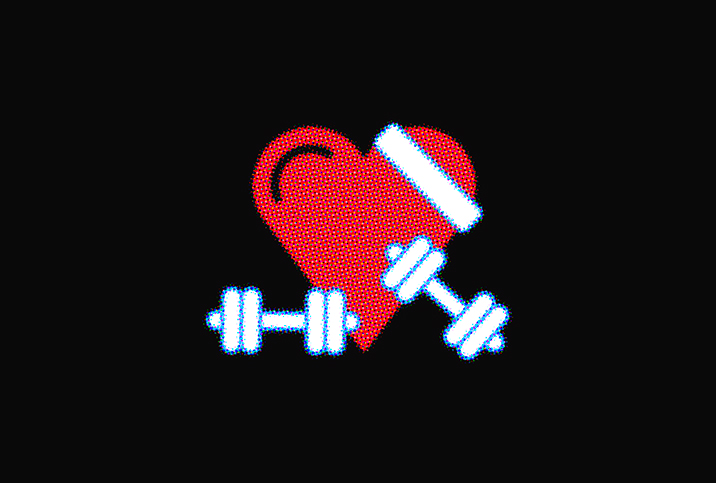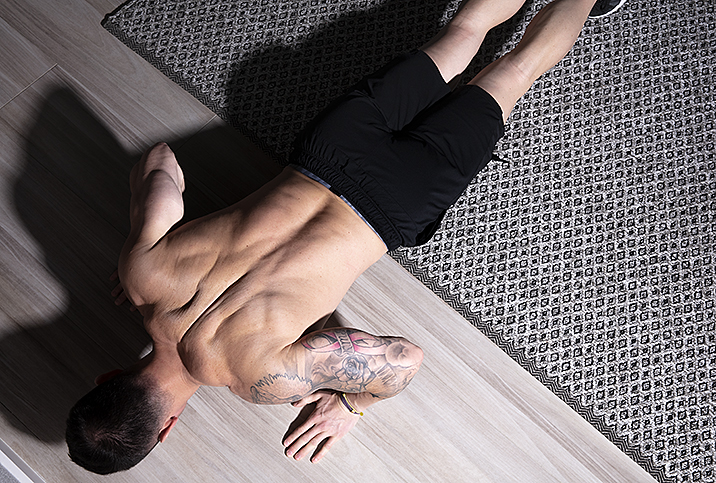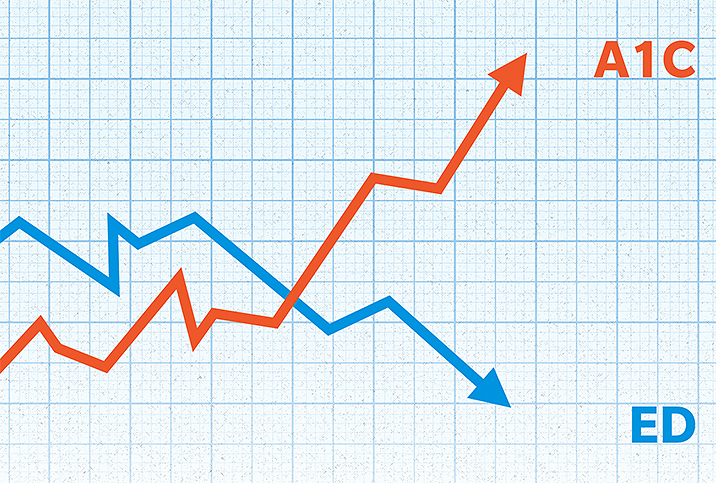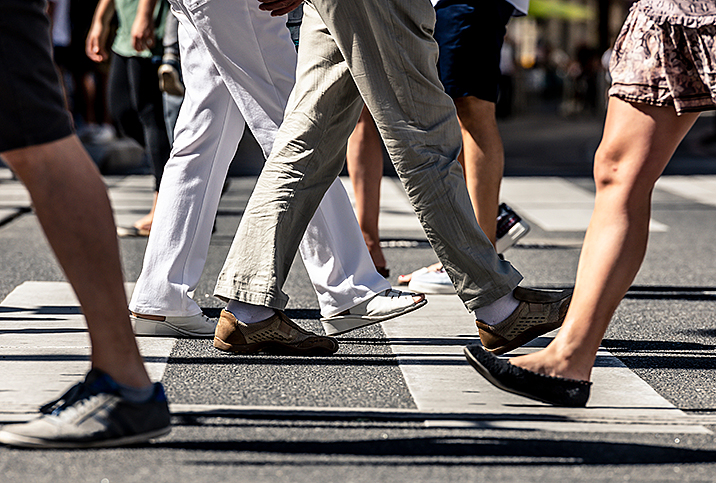Exercise Can Benefit Erectile Dysfunction, so Get off the Couch
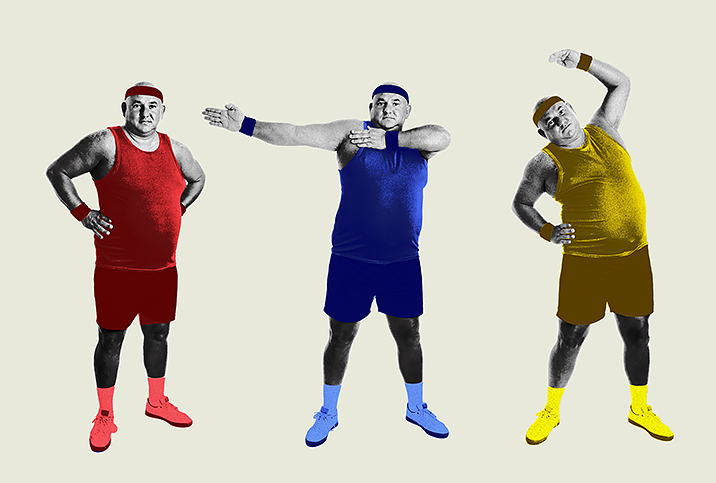
At least 30 million American men experience erectile dysfunction (ED), which can significantly impact a guy's sex life, relationships, confidence and mental health. For sufferers looking for solutions, research shows moderate to intense exercise may help.
Erectile dysfunction and its treatments
ED, the consistent inability to achieve or maintain a firm erection, impacts a lot of guys, and estimates of its prevalence vary widely. Harvard Medical School put the numbers at 17 percent of men in their 60s and about half of men age 75 and older. The landmark Massachusetts Male Aging Study put the number at 52 percent overall and about 10 percent per decade (e.g., 40 percent of men in their 40s, 50 percent in their 50s). Diverse treatment options include testosterone therapy, phosphodiesterase type 5 inhibitors such as sildenafil (Viagra), self-injection vasodilators and urethral suppositories (Alprostadil), penis pumps, penile implants, and psychotherapy.
Another treatment method is a wearable constriction or vacuum device. Some medical-grade wearables such as Eddie by GiddyⓇ are proven effective in maintaining erections without the side effects of ED medications.
Exercise, too, is a viable treatment option. A 2018 systematic review of 10 studies—it put the number of men with ED at 33 percent—found 160 minutes a week of moderate to vigorous activity significantly decreased instances of ED in participants. Unfortunately, physical activity is not commonly utilized as a treatment, despite the plethora of studies that indicate its effectiveness.
The effects of nitric oxide
Vasodilators are one of the most common medications used to treat erectile dysfunction. They improve erections by increasing the effects of nitric oxide, a chemical released by penile nerves when aroused that results in relaxation of the muscles of the penis, allowing it to fill with blood.
Exercise similarly increases nitric oxide synthase activity, bolstering nitric oxide release, and thus can improve vasodilation and erections. And while vasodilators may have unpleasant side effects—headache, flushing, nasal congestion, backache, upset stomach—exercise boasts additional benefits beyond better erections, including promoting healthy weight, improving mood and mental health, and reducing the risk of chronic diseases.
Improved endothelial function
Endothelial function refers to the health, or lack thereof, of arterial wall linings. Studies show that men with ED often have endothelial dysfunction, which impairs the nitric oxide pathway and, subsequently, vasodilation. Research indicates aerobic exercise improves endothelial function, meaning it may reduce ED. This was evidenced by a 2011 randomized controlled trial of 50 males ages 48 to 62 with arterial ED. Findings published in Aging Male journal indicated that men who underwent a three-month aerobic exercise program experienced significantly improved quality of arterial ED, without additional pharmacological therapies.
Temporary increase in testosterone
Research indicates testosterone may play an important role in healthy erections by acting as a vasodilator for the penile arterioles. Moderate and high-intensity physical activity increases total and free testosterone levels in the body, according to a 2020 meta-analysis of 569 patients published in the Journal of Endocrinological Investigation. Notably, the study found mild physical activity did not boost testosterone levels, and moderate and high-intensity activities did so only for 30 minutes, suggesting intensity and timing are important factors.
Improved mental health
Mental health can be a contributing factor in erectile problems. Anxiety and extreme stress have been linked to ED by interrupting signals between the brain and body that are critical for getting hard. In turn, ED can contribute to stress and worry, particularly at times of sexual activity, and can result in poor body self-image, decreased confidence and depression.
Exercise is known to have myriad mental health benefits, including reducing anxiety and depression and increasing self-confidence, making it less likely these factors will contribute to erectile issues.
Incorporating exercise into ED treatment
Talk to your doctor about how to safely incorporate exercise into your life and ED treatment plan and which activities may be best for you. If you have certain health conditions—heart or kidney disease, diabetes, cancer—you may need to avoid some or all high-intensity activities.
Once cleared for physical activity, it's time to get sweating. Consider heading out for a run (building up mileage and intensity as you are able) or adding a high-intensity set of reps at the end of your gym workout. Most studies have focused on the benefits of aerobic exercise for ED, but Kegel exercises and Pilates may also be helpful. If exercise is new to you or something you dread, try choosing an activity you enjoy, such as cycling, boxing or tennis. You might prefer getting active with friends through a running club or recreational sport, such as club rugby. You can sweat by running on a treadmill while watching your favorite series at home or simply by playing badminton in the backyard with loved ones. If you make it fun, you'll be a lot more likely to stick to it.
Standard care for erectile dysfunction often neglects exercise, overlooking its many benefits. Incorporating regular physical activity into your treatment plan can improve your overall health while bolstering your sex life.
Giddy urologist Dr. Edwin Morales shares some guidance about Kegel exercises in the ED Guide video series. Click here to watch the video.









